Today I had the privilege of visiting Lynn at Olympic Yarn & Fiber and getting the opportunity to ask her questions about her process and business. She was incredibly helpful and happy to talk about her convictions as a small business owner as well as to share her extensive knowledge of fiber processing.
We went through her mill and she walked us through each of the steps that she takes to process animal fibers.
First, she scours the fleece to clean it and lets it sit out to dry. Here’s a photo of some Suri fleece after being scoured:
Then, the wool is place in the picking machine which straightens out the fibers and loosens them up.
A video of the picking machine in action:
A photo of the contrast between pre-picking wool and post-picking (the one on the left went through the picker):
Next, the wool is placed in the carding machine to separate and straighten the fibers (unfortunately I wasn’t able to get a video of the carding machine as it wasn’t in use)
After carding, the wool is sent through the drafting machine to turn the wool into a continuous line of fiber
A video of the drafting machine:
Wool after going through the drafting machine:
Finally, the wool is placed on the spinner to be spun onto spools
A video of Lynn setting up the spinner:
And here’s what the finished two-ply yarn looked like:
Overall, it was very helpful for me to see the mechanized process all the way through. After weeks now of reading about the history of spinning and its evolution from hand processing and spinning, I was really pleased to have the opportunity to see just how efficient industrialized processing is.
More importantly, having the opportunity to talk to Lynn about her views on sustainability and locality was pretty eye-opening. She described her business has “cottage-esque,” meaning that it is a family-run business operating from home, but it still utilizes modern day advances when proven to fit in with her idea of sustainability. Lynne explained that she believes strongly in having family businesses that fill the role of specific tasks that a community needs done – her place is to process both her own fiber and that from others.
This was an interesting idea for me since oftentimes the only time I’ve seen business models that utilize heavy machinery are ones that also rely heavily on importing and exporting their products. Visiting Olympic Yarn & Fiber, however, helped me to see that mechanization does not necessarily have to mean globalization, just as efficiency doesn’t necessarily have to mean profit over quality.
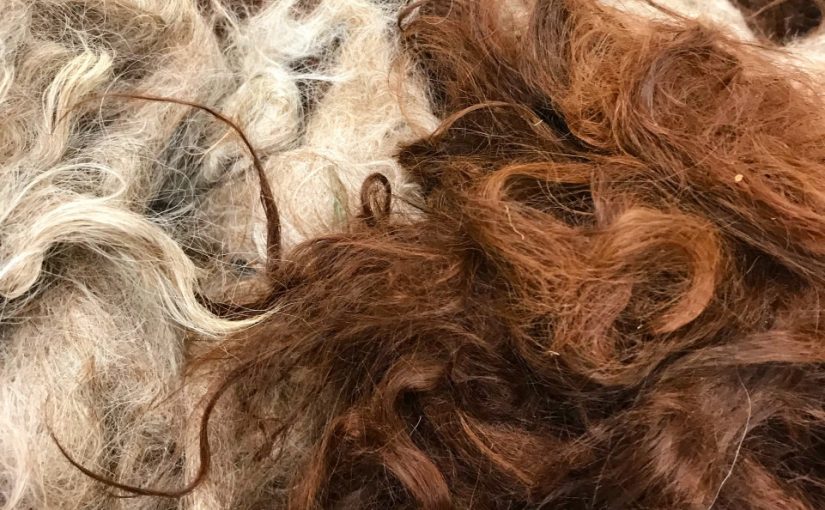
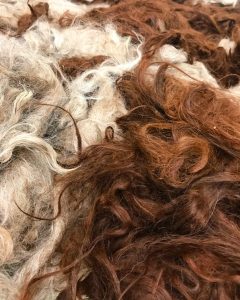
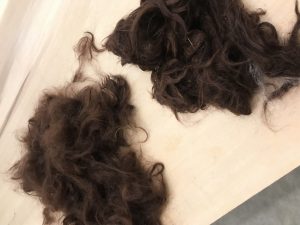
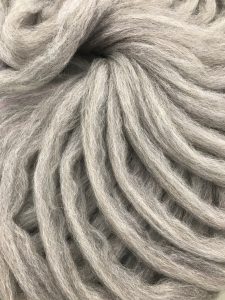
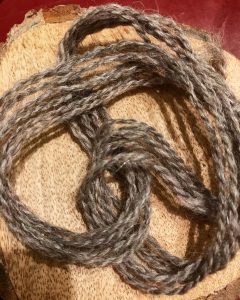
One thought on “Visit to Olympic Yarn & Fiber”